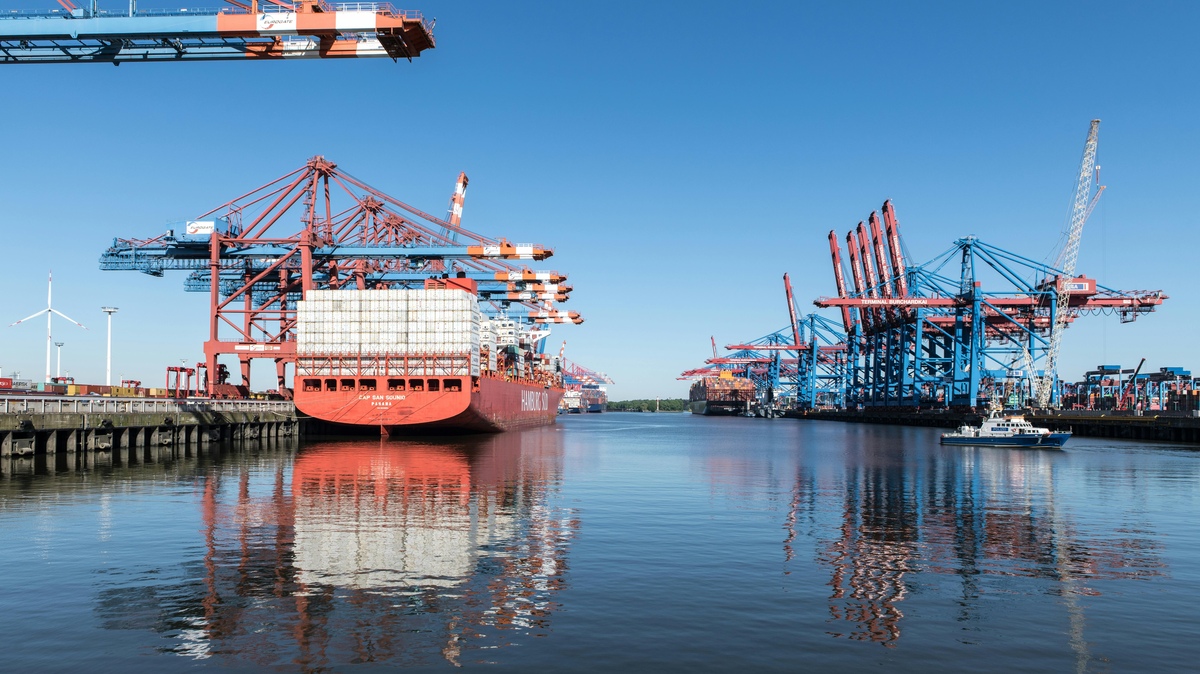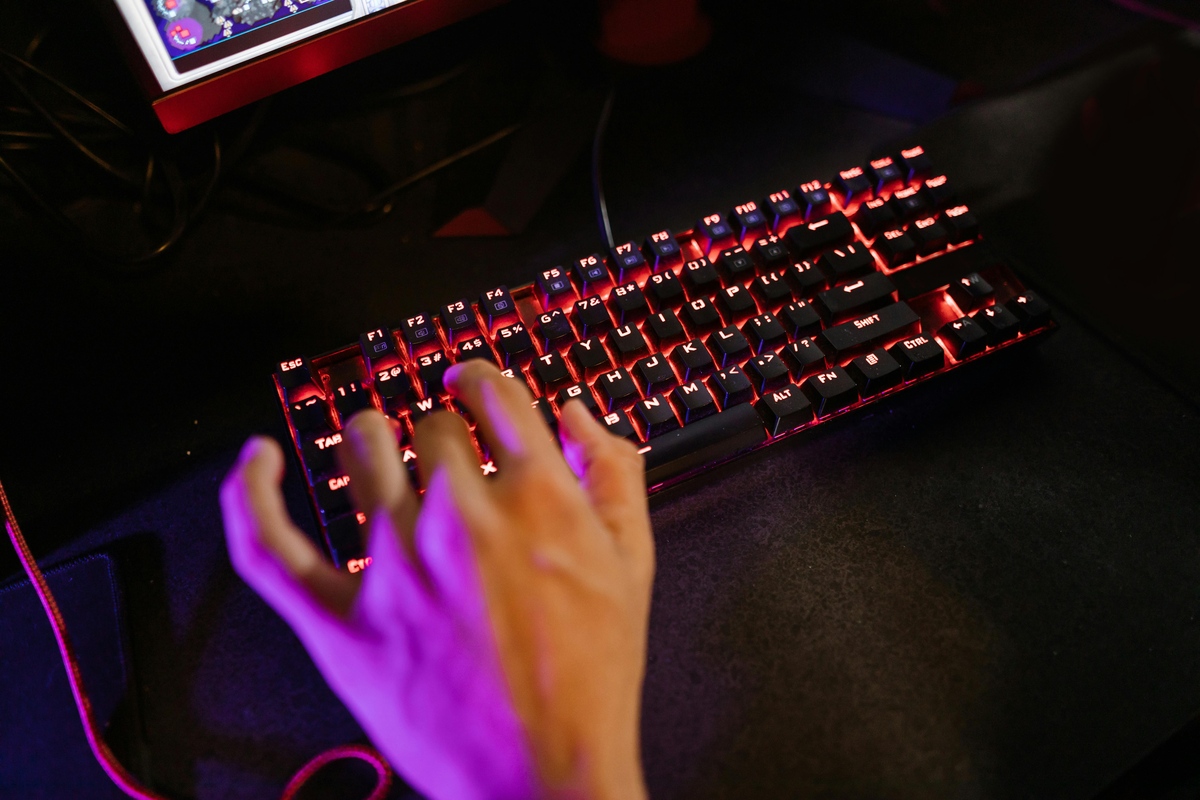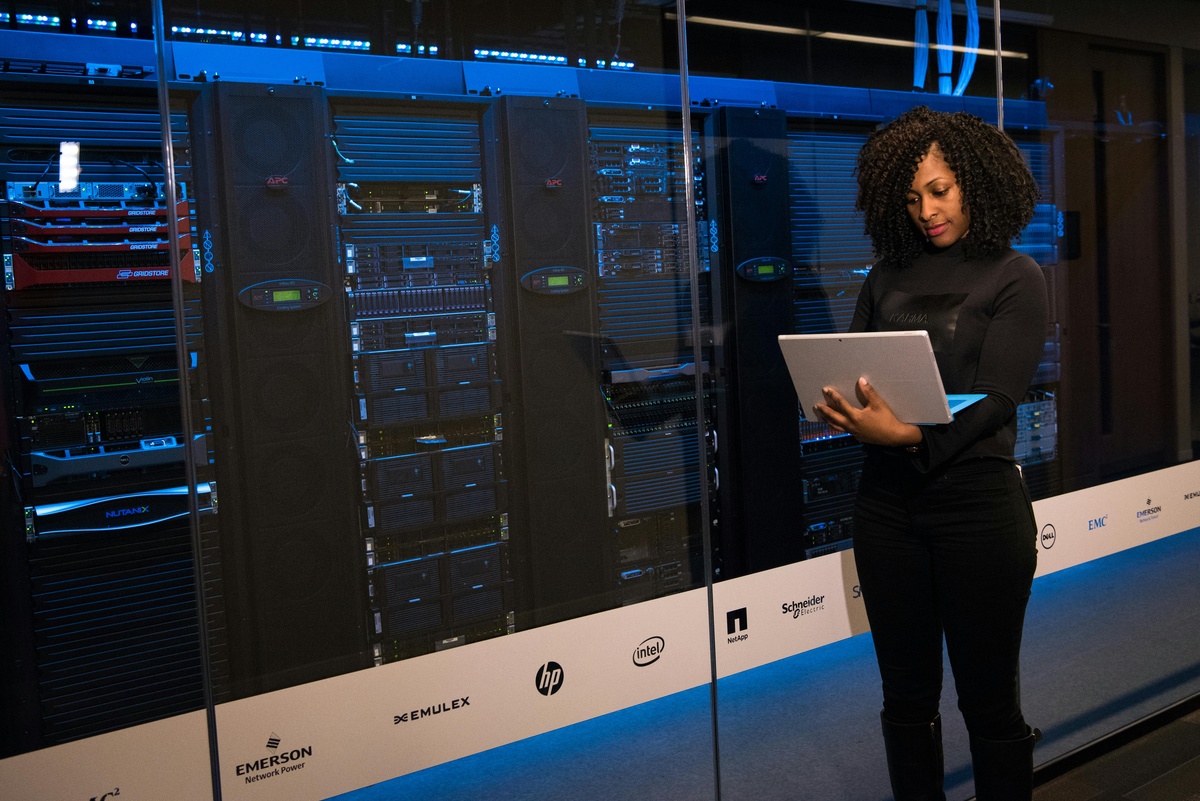The Port Equipment Market has emerged as a critical industry in global trade and logistics, serving as the backbone of port operations worldwide. From handling bulk cargo to efficiently managing container movements, the market plays an indispensable role in ensuring seamless trade operations. With the increasing globalization of supply chains, technological advancements, and environmental concerns, the port equipment market is poised for significant growth and transformation.
Market Overview
Port equipment refers to machinery and systems used in port facilities to handle, transfer, and store cargo. These include:
Container handling equipment like ship-to-shore (STS) cranes, yard cranes, and straddle carriers.
Bulk material handling equipment such as conveyors, loaders, and hoppers.
Terminal tractors and trailers for internal logistics.
Automation systems for enhanced operational efficiency.
As of 2023, the global port equipment market is estimated to be worth $19.8 billion, with projections indicating a growth to $28.5 billion by 2030, at a compound annual growth rate (CAGR) of 5.2%. The growth is driven by the rising demand for trade efficiency, increased containerization, and the push for sustainable and automated port solutions.
Key Market Trends
1. Automation and Digitization
The adoption of automated guided vehicles (AGVs), autonomous cranes, and smart terminal management systems is revolutionizing port operations. Digitization, supported by technologies like IoT, AI, and blockchain, enables real-time tracking, predictive maintenance, and optimized resource allocation.
Example: Ports like Rotterdam and Singapore are leading the way with fully automated container terminals.
2. Focus on Sustainability
Environmental concerns are pushing ports to adopt eco-friendly equipment. This includes hybrid and electric cranes, energy-efficient bulk handling systems, and emission-free AGVs. Governments and regulatory bodies are incentivizing green port initiatives.
Example: Liebherr and Kalmar have developed electric and hybrid cranes to reduce carbon footprints.
3. Containerization Growth
With more industries relying on containerized shipping, the demand for container-handling equipment like RTGs (rubber-tired gantry cranes) and RMGs (rail-mounted gantry cranes) is surging. Advanced stacking technologies and automated stacking cranes (ASCs) are also in high demand.
4. Rise of Mega Ports
The trend toward larger ports with increased capacity has led to investments in high-performance equipment. Mega ports require advanced gantry cranes capable of handling ultra-large container ships (ULCS).
Example: The Yangshan Deep-Water Port in China uses cutting-edge equipment to manage its high throughput efficiently.
Market Segmentation
The port equipment market is segmented by type, application, and region.
By Equipment Type
Container Handling Equipment: Includes cranes, reach stackers, and straddle carriers.
Bulk Handling Equipment: Includes ship loaders, hoppers, and conveyors.
Material Handling Equipment: Includes forklifts and terminal tractors.
Other Equipment: Includes fenders, mooring systems, and tugboats.
By Application
Container Terminals: Focused on handling containerized cargo.
Bulk Terminals: Specialized in handling bulk materials like coal, grain, and ores.
Multipurpose Terminals: Handle diverse cargo types, including project cargo.
By Region
North America: Focused on modernizing port infrastructure.
Europe: Emphasizing automation and green initiatives.
Asia-Pacific: Rapidly expanding due to rising trade volumes and mega ports.
Middle East & Africa: Developing new ports to cater to growing trade routes.
Latin America: Investments in modernizing outdated infrastructure.
Key Growth Drivers
1. Rising Global Trade
The increase in global trade volumes, driven by e-commerce and industrialization, has necessitated investments in port infrastructure and equipment.
2. Technological Advancements
Innovations in robotics, AI, and machine learning are enabling ports to enhance operational efficiency and reduce downtime. Advanced software solutions for terminal management further streamline port operations.
3. Infrastructure Modernization
Governments worldwide are investing in modernizing port facilities to improve trade efficiency. Initiatives like China’s Belt and Road Initiative (BRI) are significantly boosting demand for port equipment.
4. Surge in Containerization
The shift toward containerized cargo has spurred the need for specialized equipment, particularly in high-traffic ports.
5. Sustainability and Regulations
Regulations on emissions and energy efficiency are prompting ports to adopt green technologies, boosting demand for sustainable equipment solutions.
Challenges in the Port Equipment Market
Despite its growth prospects, the port equipment market faces several challenges:
1. High Initial Costs
The cost of acquiring and maintaining advanced port equipment can be prohibitive, especially for small and medium-sized ports.
2. Technological Complexity
The integration of advanced technologies like AI and IoT requires significant expertise and infrastructure upgrades, which can be challenging for traditional ports.
3. Regulatory Hurdles
Stringent environmental regulations require constant innovation and adaptation, leading to increased costs for equipment manufacturers.
4. Geopolitical Uncertainties
Trade tensions and geopolitical issues can disrupt supply chains, affecting the market.
5. Competition Among Ports
The rising competition among ports to attract global trade has led to cost pressures and demands for faster return on investments.
Key Players in the Market
Several leading companies dominate the port equipment market, offering cutting-edge solutions. Notable players include:
Konecranes: Known for its automated cranes and advanced container handling systems.
Kalmar (Cargotec): Specializes in sustainable port equipment like electric straddle carriers.
Liebherr Group: Offers a wide range of port equipment, including ship-to-shore cranes and bulk handling systems.
Hyster-Yale Group: Focuses on forklifts and material handling equipment.
Sany Heavy Industry: A key player in cranes and container handling equipment.
Terex Corporation: Provides a variety of port handling solutions, including stackers and mobile cranes.
Future Outlook
The port equipment market is on a trajectory of continuous growth, fueled by increasing trade demands, technological innovations, and the push for sustainability. Key developments expected in the coming years include:
1. Widespread Adoption of Automation
Fully automated ports will become the norm, with robotics and AI playing a central role in operations.
2. Focus on Digital Twins
Ports will increasingly use digital twin technology to simulate and optimize operations, reducing bottlenecks and improving efficiency.
3. Advancements in Green Equipment
Hydrogen-powered equipment and renewable energy solutions are expected to gain traction as ports aim for carbon neutrality.
4. Global Port Expansions
Emerging markets in Asia, Africa, and Latin America will see significant investments in new ports and equipment, driving demand.
5. Collaborative Port Networks
Ports will adopt collaborative frameworks, sharing data and insights to improve global trade efficiency.
Conclusion
The Port Equipment Market is an integral part of the global trade ecosystem, evolving rapidly to meet the demands of a dynamic and interconnected world. With advancements in automation, sustainability, and infrastructure development, the market offers immense opportunities for stakeholders. However, navigating challenges such as high costs, regulatory pressures, and geopolitical uncertainties will require innovative solutions and strategic investments.
As ports transform into smarter, greener, and more efficient hubs, the future of the port equipment market looks promising, underscoring its vital role in facilitating global commerce.








